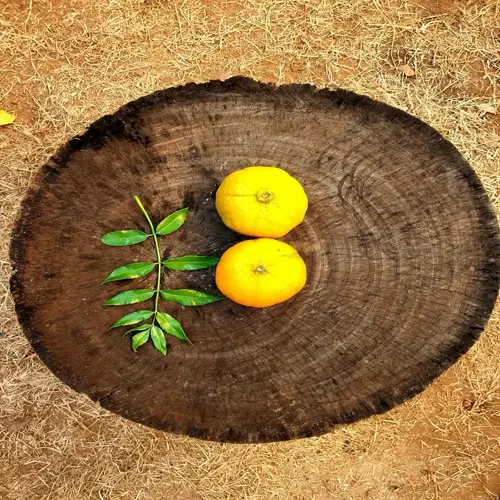What makes rice hulls a valuable peat alternative?

Written by
Michael Sullivan
Reviewed by
Prof. Martin Thorne, Ph.D.Hulls from rice provide excellent aeration in the soil that peat moss lacks. These light agricultural by-products produce air pockets around the roots to prevent compaction. Whereas the peat will become soggy, the hulls will maintain good levels of oxygen. Your plants will have a better root system with this all-natural product.
Soil Structure
- Creates permanent air channels for root respiration
- Prevents compaction in heavy soils
- Improves water infiltration significantly
Nutrient Contribution
- Releases plant-strengthening silica during decomposition
- Adds potassium and other trace minerals
- Does not alter soil pH levels
Decomposition
- Breaks down fully within 1-2 growing seasons
- Becomes organic matter improving soil texture
- Leaves no synthetic residues
Sustainability
- Repurposes agricultural waste streams
- Requires minimal processing energy
- Eliminates methane from rice waste burning
To provide superior container gardening in potting mixes, use rice hulls. Mix equal parts rice hulls, compost, and coir. This mixture offers ideal drainage, aeration, and moisture retention. Root rot is avoided while the growing plants benefit from a slow nutrient release.
Apply rice hulls as ground mulch in vegetable gardens. Apply these 1-2" around the plant stems. This mulch will help clean the weeds while allowing water to penetrate. The silica contained in them strengthens our plants by increasing their disease resistance and decreasing the chances of pest damage from chemicals.
Environmental benefits make rice hulls genuinely sustainable. Each ton used eliminates straw burning. That lessens smoke pollution and methane emissions. Since rice hulls compress nicely, transportation emissions are low. You are part of the solution to farm waste.
Transition from peat to rice hulls for lasting improvements in soil! Substitute the seed starting mixes by 25 percent. Notice the speed of germination and the strength of the seedlings. Improvements in soil structure and plant vitality will be evident within a single season.
Read the full article: 10 Best Peat Moss Alternatives for Gardens

